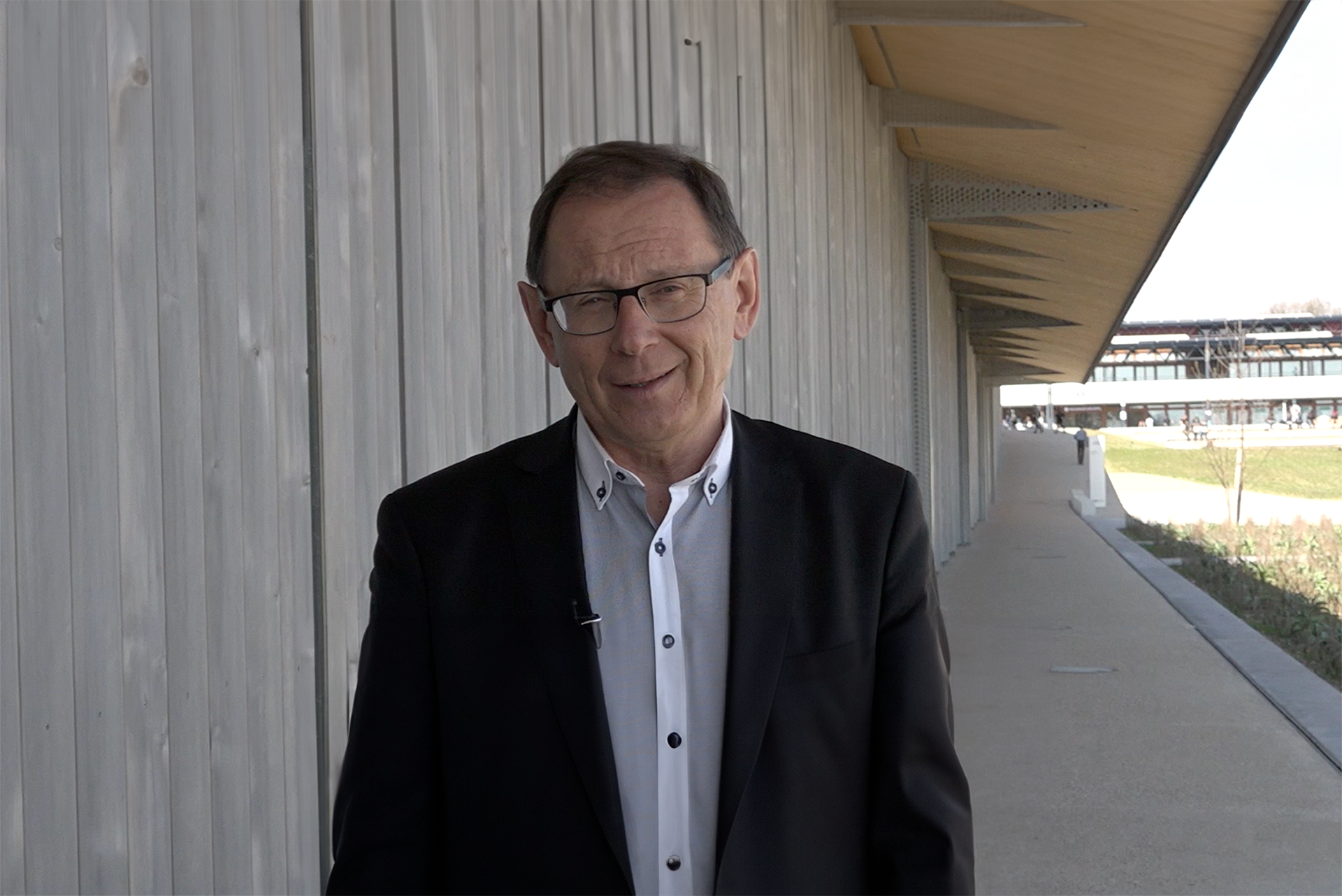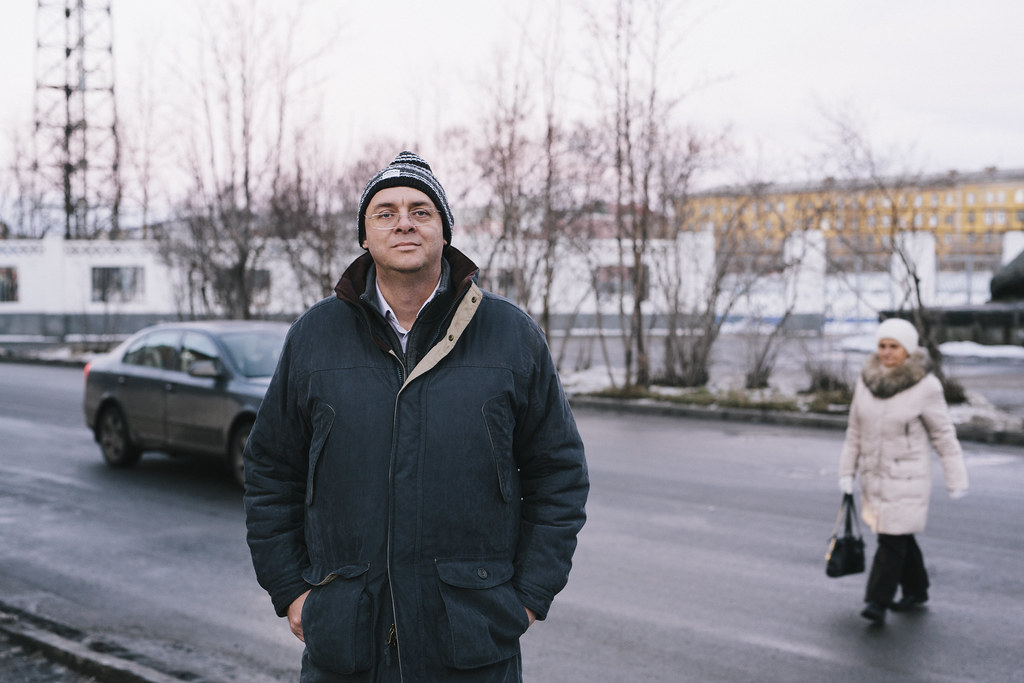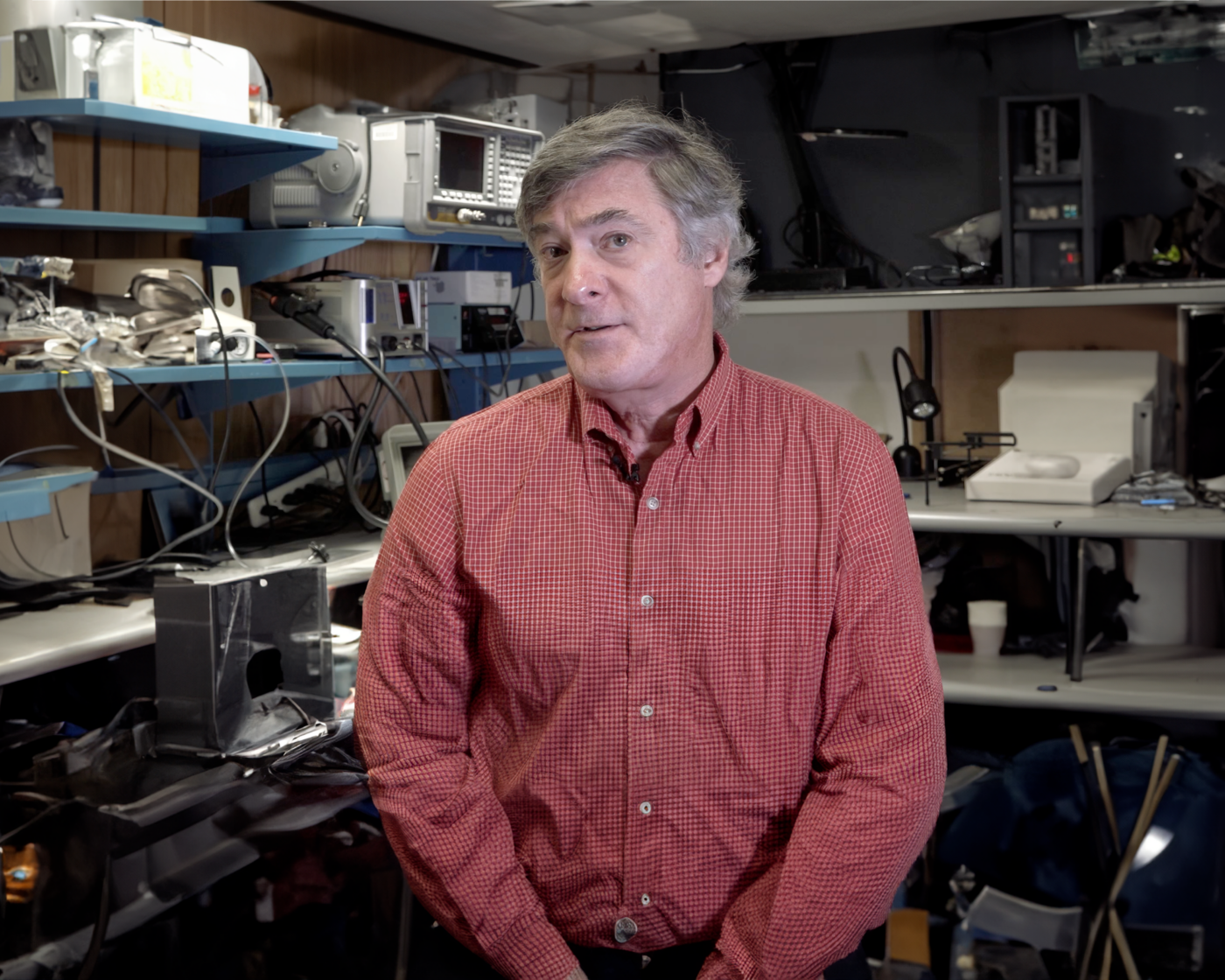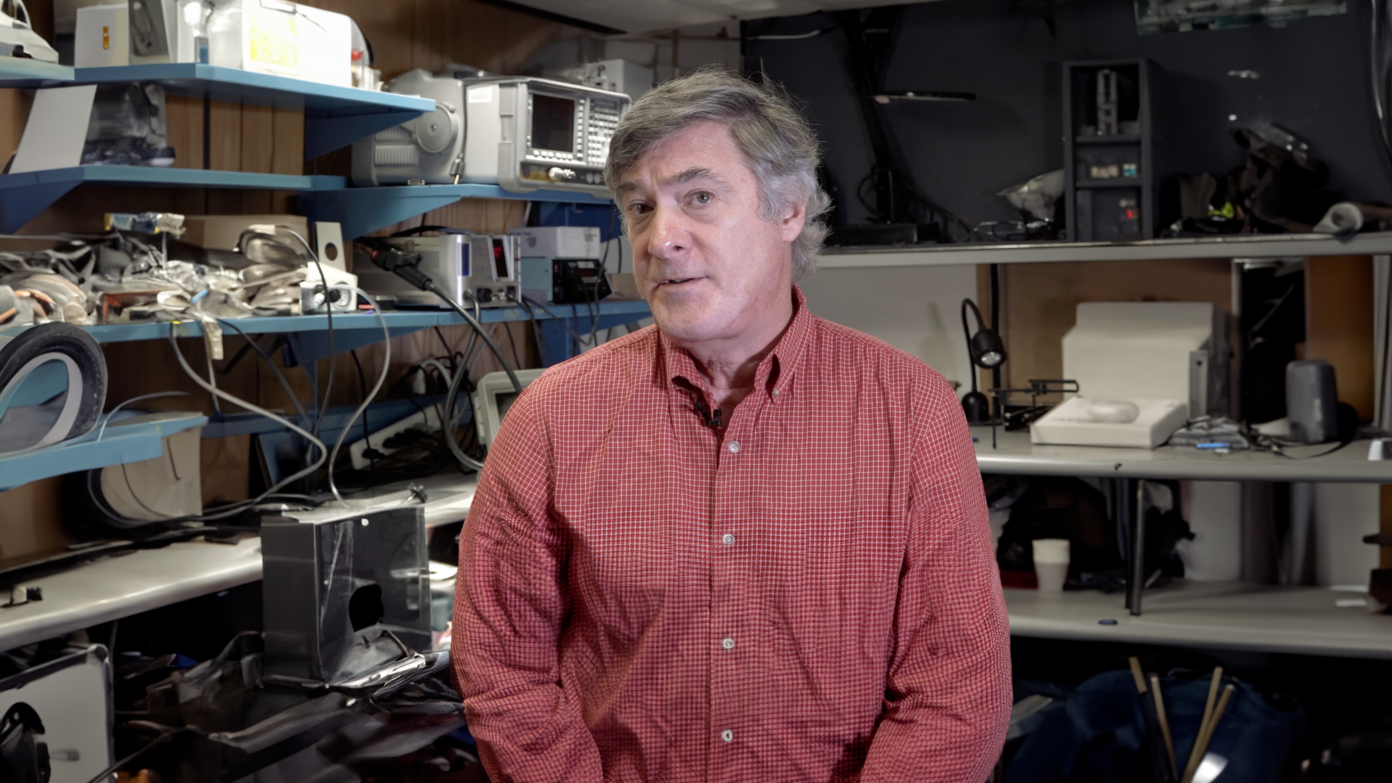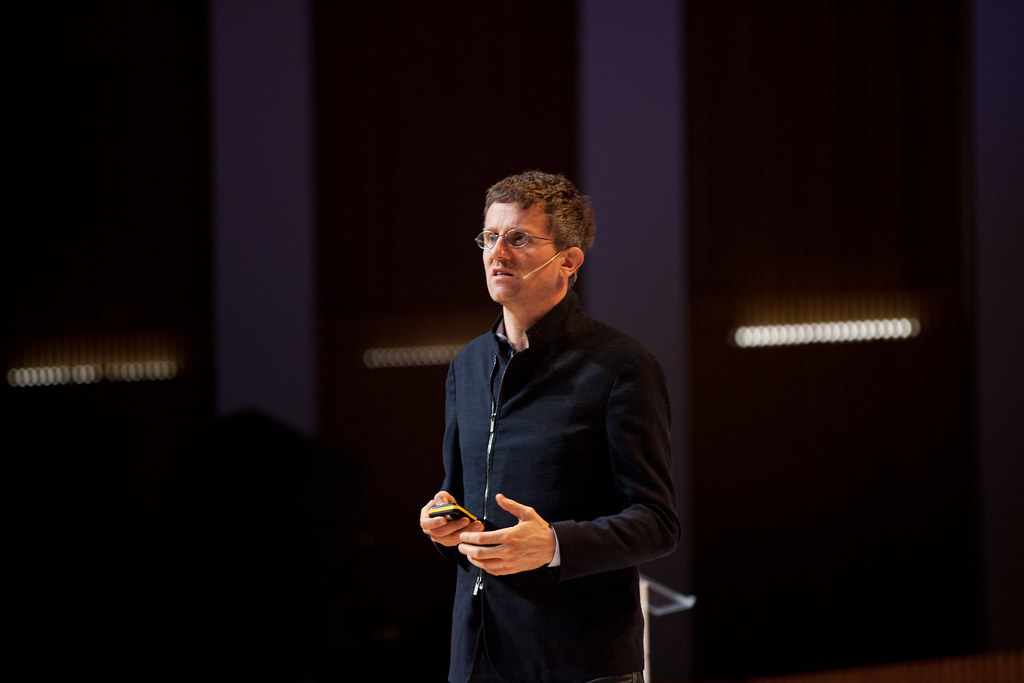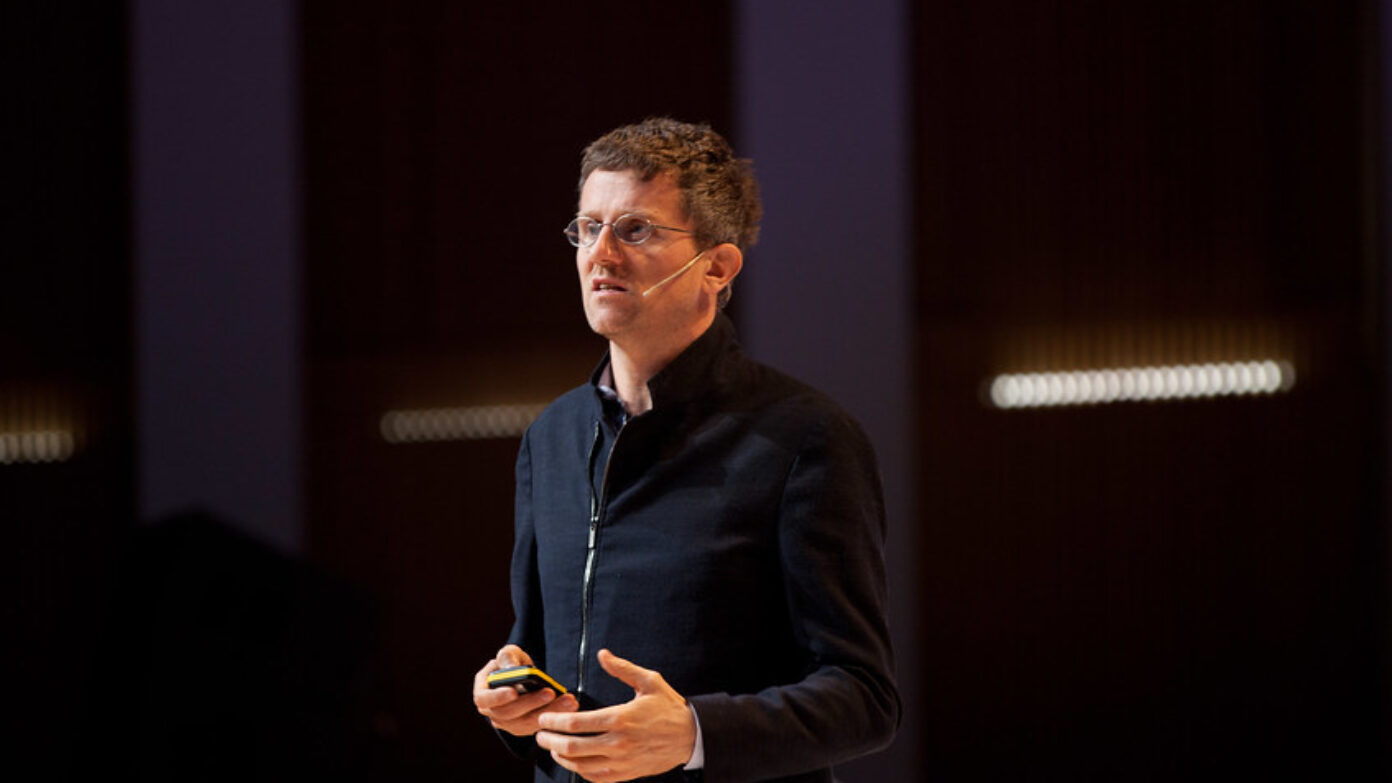Above knowledge: the autonomous existence of objects
We meet in Yale with top philosopher Graham Harman, who belongs to the movement of speculative realism and “Object Oriented Ontology”. He defines the notion of object according to speculative realism, focusing on the particular case of the artistic object. As a professor at SCI-Arc Los Angeles, he explains how teaching philosophy can enrich architectural design.
